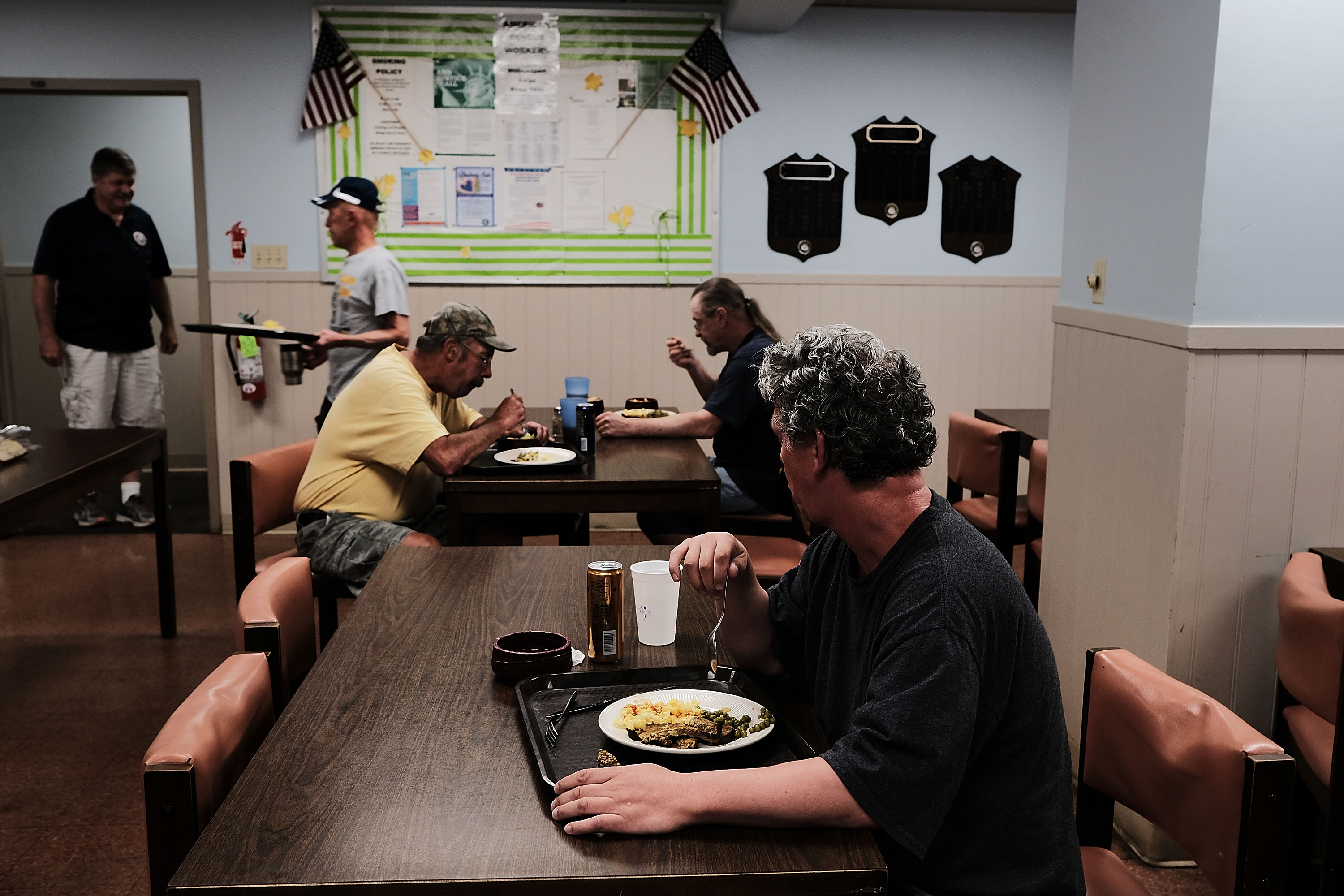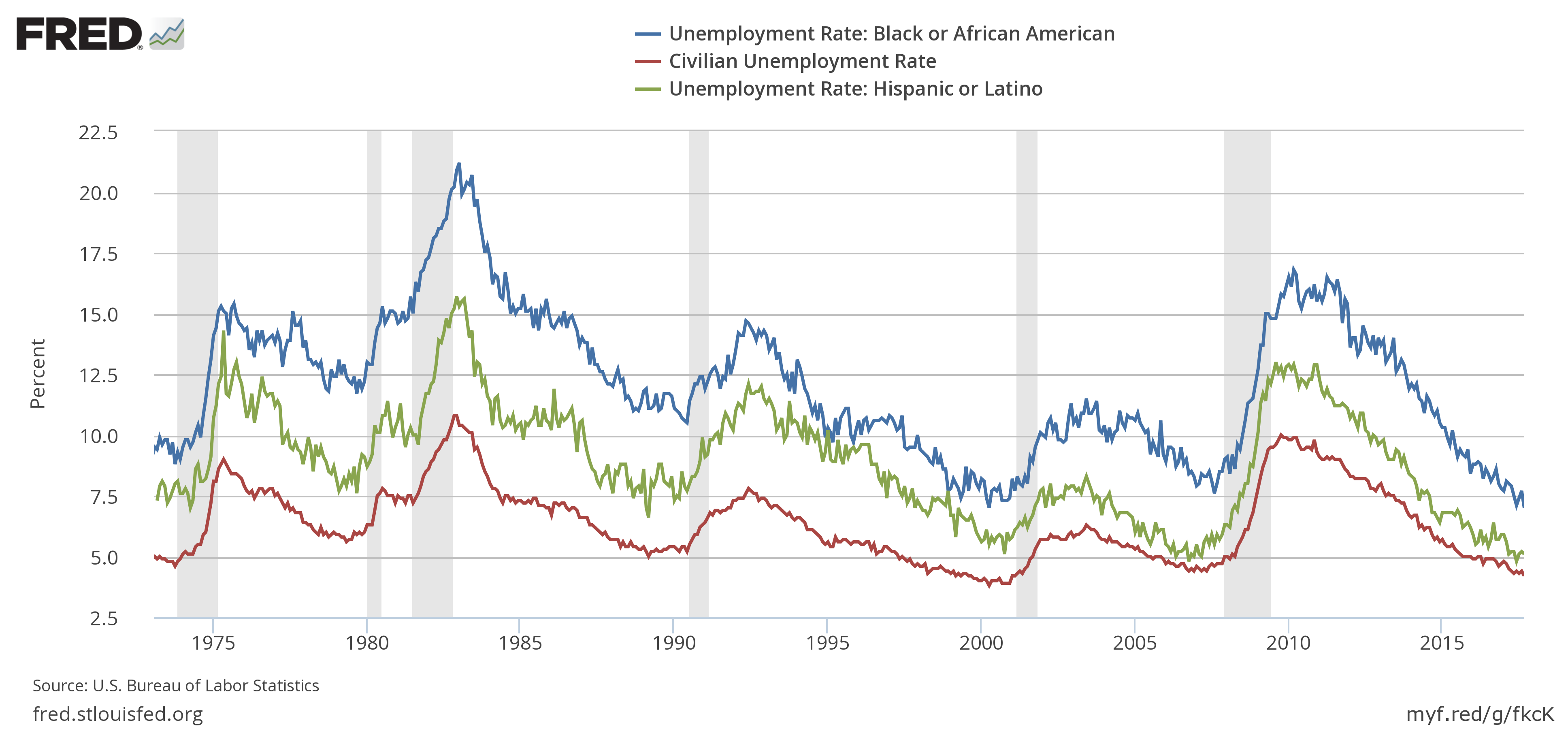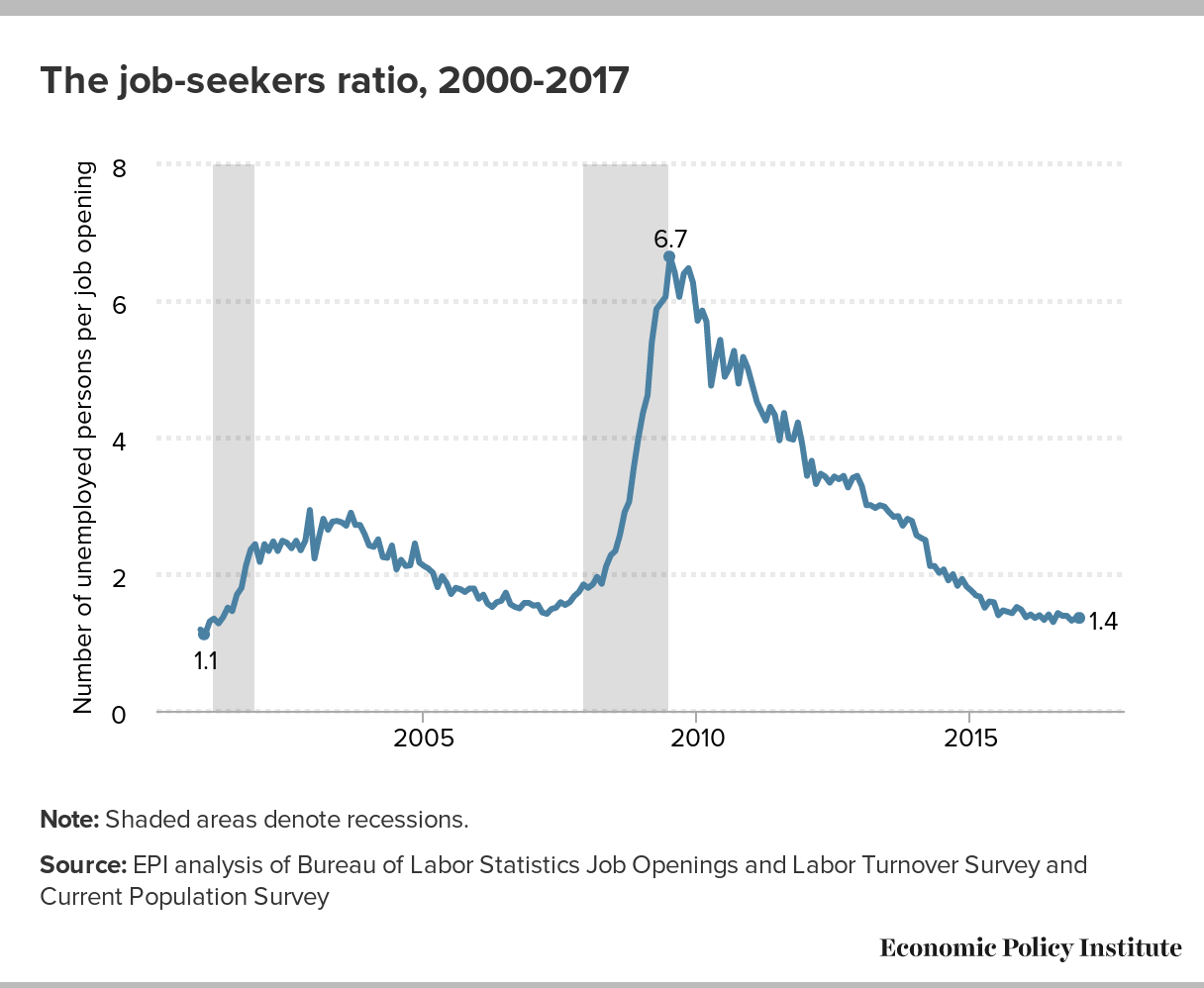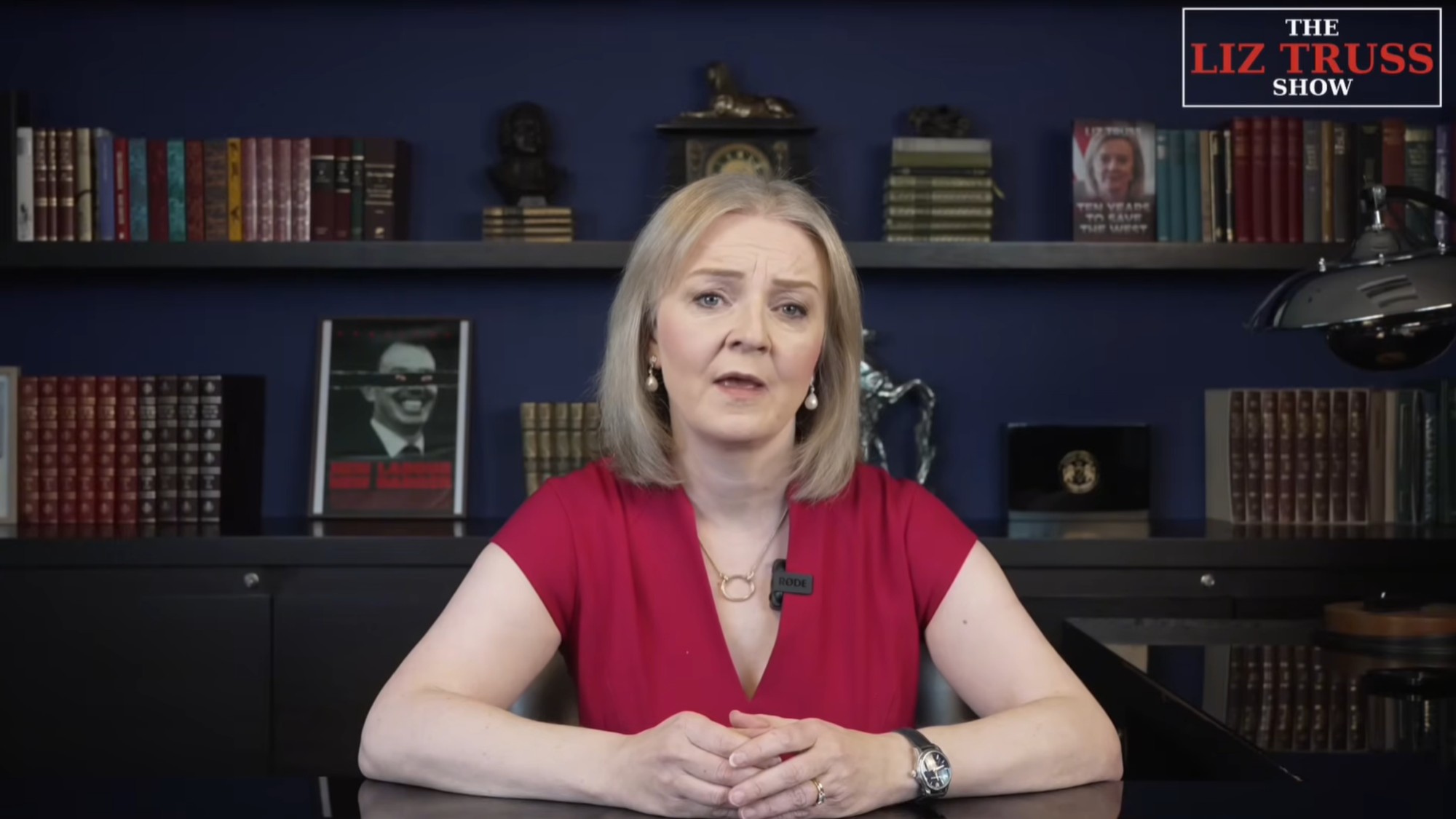Unemployment is contagious
A new study shows unemployment behaves just like a virus


The latest jobs report showed unemployment dropping to a remarkable 4.2 percent. It hasn't been that low since late 1999. But unemployment will be back some day. And policymakers would do well to keep something in mind if they want to fight it effectively.
Put simply: Unemployment is contagious.
Pavlina Tchervena, a professor at the Levy Economics Institute of Bard College, wrote a paper arguing that the mechanics by which unemployment spreads are literally those of a disease or epidemic.
The Week
Escape your echo chamber. Get the facts behind the news, plus analysis from multiple perspectives.

Sign up for The Week's Free Newsletters
From our morning news briefing to a weekly Good News Newsletter, get the best of The Week delivered directly to your inbox.
From our morning news briefing to a weekly Good News Newsletter, get the best of The Week delivered directly to your inbox.
At the individual level, if you lose your job, you also lose your income. That's less money being spent in the economy: on utilities, on groceries, on house payments, on movies, on gas, etc. So the businesses that provide those goods and services have less revenue, which might force them to lay off someone in turn. Then the loss of that person's spending may lose someone else their job. When a lot of people lose their jobs at once, you can imagine how this process compounds.
This also means the next person to lose their job will likely be in the same area. Like a disease, there's a geographic proximity to how unemployment spreads. The interconnections in the economy are complex, so this isn't always the case. But it's most likely to be the case in the small towns and rural areas that are already more isolated from job creation and recoveries.
Finally, like a disease, unemployment can linger in "hotspots" long after an outbreak has been stopped. That 4.2 percent unemployment rate is just a national average. Some towns, communities, and groups of Americans suffer far higher levels of unemployment on a chronic basis. You can see these hotspots geographically, but you can also spot them by identity: Nonwhite Americans deal with much more unemployment, as do less educated Americans and LGBTQ Americans.

Tcherneva used county-level unemployment data to build maps of the United States from 1990 through 2016. Over the course of the 1990s, you can watch unemployment slowly retreat to a few hotspots, until unemployment is at its nadir in the boom just before 2000. Then the 2001 recession sends unemployment spreading out again. Then it retreats back to the hotspots. And then it erupts outwards again and just consumes the map with the Great Recession of 2008.
A free daily email with the biggest news stories of the day – and the best features from TheWeek.com
The data visualization outfit FlowingData took the same data and animated it:
It looks exactly how you'd imagine the spread of an infection to look. When there's an outbreak, it spreads rapidly. But it takes far longer for it to recede.
So what's the takeaway here?
First, if we look at unemployment as a dangerous disease that's always threatening to turn into an epidemic, a lot of U.S. macroeconomic policy looks perverse.
It's the explicit goal of monetary policy to maintain a certain level of unemployment to control inflation. If the national unemployment rate gets low enough, the Federal Reserve raises interest rates, which literally throws people out of work to slow inflation down. Our lawmakers' devotion to austerity, which also sucks spending out of the economy, vastly compounds the problem. Even at the peaks of recent business cycles, we've had more people looking for work than available job openings.

So policymakers intentionally preserve hotspots of unemployment, allowing the infection to fester until it spreads again. And it's marginalized and vulnerable Americans who are stuck in those hotspots. Employers are even far less likely to hire someone who's been through a spell of long-term joblessness in the past — so society marks people who've suffered unemployment as "undesirable."
Second, like any other disease, unemployment comes with all sorts of painful symptoms.
Tchervena cites a wealth of studies showing links between unemployment and mental health issues, suicide, other health problems, family breakup, crime and incarceration, childhood developmental problems, and more. As Tcherneva points out, these are all problems American society is already paying to manage and combat.
We don't how much they cost us, because macro economists and policymakers really haven't thought of unemployment in these terms. But the costs are likely enormous. So whatever money we spend to end unemployment directly could be offset by savings elsewhere, as the incidence of all those other social ills would fall.
Finally, the programs we use now to combat joblessness are inadequate.
Safety net spending on things like unemployment benefits, Medicaid, cash assistance, food stamps, and such all naturally ramp up as unemployment increases and more people qualify. But they don't create jobs directly; they just put a floor under spending in the economy. So job creation itself is slow, and the Americans caught in the "hotspots" are the last to feel the effects.
Spending on these programs is also too low, and plenty of policymakers are trying to curb them further, through cuts or work requirements and such. As for extra stimulus, like what Congress passed in 2009, that has to work its way through the legislative process after the recession has already occurred, and unemployment already spread.
So Tcherneva thinks the unemployment-as-disease metaphor should lead us in a new direction. We need to focus on prevention and inoculation.
Tcherneva recommends a job guarantee — a work program similar to what we instituted during the New Deal, but permanent. It would offer paid work in the community, at a decent wage with benefits, to whomever wants it.
This wouldn't cure recessions entirely, since it wouldn't immediately replace all the lost income and spending. But it would create jobs directly, rather than waiting for increased spending to drive private job creation. It would act much faster to contain unemployment, catching it as soon as it begins to spread. It would also be a preventative measure, and would finally rescue Americans caught in the hotspots.
Other policy cures are certainly possible. But the main point here is that we need to change how we think about unemployment. Right now we treat it as something regrettable but inevitable. But if we thought of it as a disease, we'd treat it as such: something that should be eradicated rather than tolerated.
Jeff Spross was the economics and business correspondent at TheWeek.com. He was previously a reporter at ThinkProgress.




